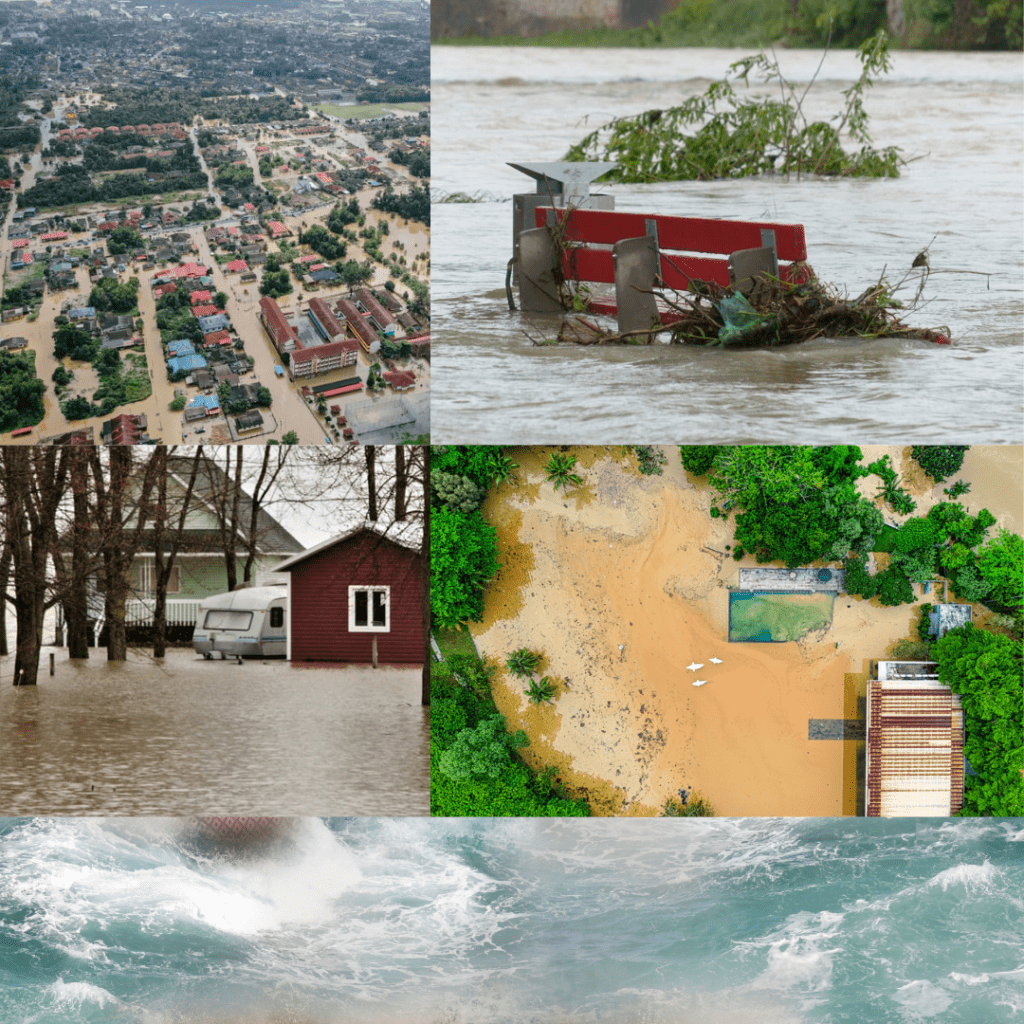Rising Waters: Understanding the Devastating Impact of Floods
Floods have long been a natural disaster that humans have had to contend with throughout history. However, with the effects of climate change becoming increasingly evident, the frequency and severity of floods have intensified in many parts of the world. In this blog post, we will delve into the devastating impact of floods, exploring their causes, consequences, and the urgent need for proactive measures to mitigate their effects.
Causes of Floods
Floods can be caused by various factors, both natural and human-induced. Some of the primary causes include:
- Heavy rainfall: Intense and prolonged rainfall can overwhelm rivers, lakes, and drainage systems, leading to a rapid rise in water levels and subsequent flooding.
- Melting snow and ice: During warmer seasons, snowmelt and melting glaciers can contribute to increased river flow, potentially resulting in floods downstream.
- Tropical storms and hurricanes: These powerful weather systems can bring torrential rainfall and storm surges, leading to catastrophic flooding in coastal areas.
- Deforestation: Human activities such as deforestation reduce the capacity of forests to absorb rainwater, leading to increased surface runoff and a higher likelihood of floods.
Consequences of Floods
The consequences of floods are wide-ranging and can have a profound impact on individuals, communities, and entire regions. Some of the devastating effects include:
- Loss of life and injuries: Floodwaters can cause casualties through drowning, injuries, and exposure to hazardous conditions during evacuation and recovery efforts.
- Infrastructure damage: Floods can destroy roads, bridges, buildings, and other critical infrastructure, disrupting transportation networks and essential services such as electricity and water supply.
- Economic losses: The financial toll of floods is enormous, including damage to homes, businesses, agriculture, and public infrastructure. Recovery and rebuilding costs can be significant, often burdening governments and communities for years.
- Displacement and homelessness: Floods can force people to evacuate their homes and seek temporary shelter, leading to displacement and a strain on resources. In some cases, communities may be permanently displaced due to the destruction of their habitats.
- Environmental impact: Floods can cause widespread contamination of water sources, soil erosion, loss of biodiversity, and damage to ecosystems. The long-term ecological consequences can be significant and take years to recover.
Mitigation and Adaptation
Given the increasing frequency and severity of floods, it is crucial to adopt proactive measures to mitigate their impact. Here are some strategies that can help:
- Improved urban planning: Implementing better land-use practices, constructing adequate drainage systems, and avoiding construction in flood-prone areas can help minimize the risk of flooding in urban areas.
- Early warning systems: Developing robust flood monitoring and warning systems can provide timely alerts to communities, enabling them to evacuate safely and take necessary precautions.
- Flood-resistant infrastructure: Constructing buildings and infrastructure that are resilient to floodwaters can minimize damage and aid in a quicker recovery.
- Reforestation and conservation: Protecting and restoring natural vegetation, such as forests and wetlands, can help regulate water flow, reduce erosion, and increase water absorption capacity.
- Climate change mitigation: Addressing the root causes of climate change, such as reducing greenhouse gas emissions, can help prevent the exacerbation of flooding events in the long term.
Conclusion
Floods pose a significant threat to human lives, infrastructure, and the environment. As climate change continues to accelerate, understanding the devastating impact of floods becomes increasingly important. By implementing proactive measures to mitigate the effects of floods, we can minimize the loss of life and property and build more resilient communities. It is essential for governments, communities, and individuals to work together to adapt to a changing climate and ensure a safer and more sustainable future for all.


